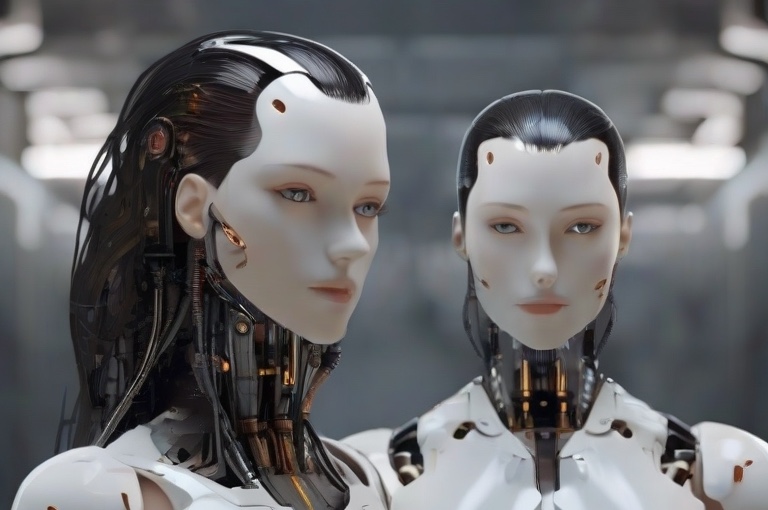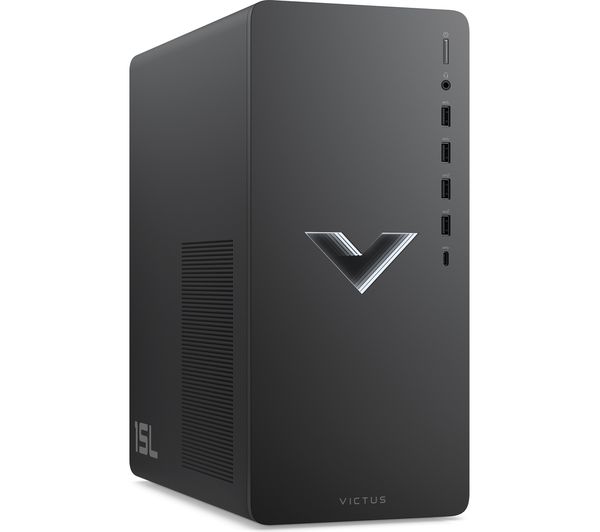Artificial intelligence (AI) is rapidly transforming healthcare, and nowhere is this more evident than in the field of diagnostics. AI-powered diagnostic tools are already being used to improve the accuracy, speed, and efficiency of diagnosis, and they have the potential to revolutionize the way we diagnose and treat disease.
One of the most promising applications of AI in diagnostics is in the field of medical imaging. AI-powered image analysis tools can quickly and accurately identify abnormalities in medical images, such as X-rays, CT scans, and MRIs. This can help doctors to diagnose diseases earlier when they are more treatable, and it can also help to reduce the number of unnecessary tests and procedures.
For example, a study published in the journal Nature Medicine found that an AI-powered tool was able to detect lung cancer with 99% accuracy, compared to 86% accuracy for human radiologists. The tool was also able to identify lung cancer at an earlier stage when it was more treatable.
AI is also being used to develop new diagnostic tests that are more accurate and sensitive than traditional tests. For example, an AI-powered blood test is being developed to detect cancer and other diseases with a single drop of blood. This could revolutionize the way we screen for disease, and it could help to save lives.
In addition to improving the accuracy and speed of diagnosis, AI is also being used to make diagnostic testing more affordable. For example, an AI-powered tool is being used to develop a low-cost point-of-care test for malaria. This test could be used to diagnose malaria in remote areas where access to healthcare is limited.
AI diagnostics are also being used to develop new diagnostic tools for diseases that are currently difficult to diagnose. For example, AI-powered systems are being developed to diagnose Alzheimer’s disease, a neurodegenerative disorder that currently has no cure. These systems are trained on data from patients with Alzheimer’s disease, and they can identify patterns in brain scans that are associated with the disease. This could lead to the development of early detection tests for Alzheimer’s disease, which could help to slow the progression of the disease and improve patient outcomes.
Overall, AI is having a major impact on the field of diagnostics. AI-powered diagnostic tools are improving the accuracy, speed, and affordability of diagnosis, and they have the potential to revolutionize the way we diagnose and treat disease.
The Benefits of AI Diagnostics
- Improved accuracy: AI-powered diagnostic tools are often more accurate than human doctors. This is because AI can analyse vast amounts of data and identify patterns humans may miss.
- Faster diagnosis: AI-powered diagnostic tools can often diagnose diseases faster than human doctors. This is because AI can process data much faster than humans can.
- Reduced costs: AI-powered diagnostic tools can often be less expensive than traditional diagnostic tests. This is because AI can automate many of the tasks that are currently performed by human doctors.
Here are some of the challenges of using AI in diagnostics:
- Data collection: AI-powered diagnostic tools require copious amounts of data to train and validate. This data can be difficult and expensive to collect.
- Bias: AI-powered diagnostic tools can be biased, just like human doctors. This bias can be introduced into the system in several ways, such as through the data that is used to train the AI algorithm.
- Regulation: AI-powered diagnostic tools are regulated by the FDA and other regulatory bodies. This can make it difficult to bring these tools to market.
Personalised Treatment
In addition to improving the accuracy and speed of diagnosis, AI diagnostics are also being used to personalize treatment. AI systems can be used to analyse a patient’s medical history, genetic data, and other factors to develop a personalized treatment plan. This is important because not all patients respond the same way to the same treatments. For example, AI-powered systems are being used to develop personalized treatment plans for cancer patients. These systems consider a patient’s tumour type, genetic profile, and other factors to develop a treatment plan that is most likely to be effective.
Personalized treatment is essential for improving patient outcomes and reducing the cost of healthcare. By developing personalized treatment plans, AI can help to ensure that patients receive the care they need when they need it.
The Future of AI Diagnostics
AI is still in its preliminary stages of development, but it has the potential to revolutionize the way we diagnose and treat disease. As AI continues to develop, we can expect to see even more powerful and sophisticated AI-powered diagnostic tools that can improve the accuracy, speed, and efficiency of diagnosis.
In the future, AI-powered diagnostic tools could be used to diagnose a wide range of diseases, including those that are currently difficult or impossible to diagnose. AI could also be used to develop personalized treatment plans for each patient, which could lead to better outcomes and improved quality of life.
As AI continues to evolve, it has the potential to make a major impact on healthcare. AI-powered diagnostic tools have the potential to revolutionize the way we diagnose and treat disease, and they could help to improve the lives of millions of people around the world.





















